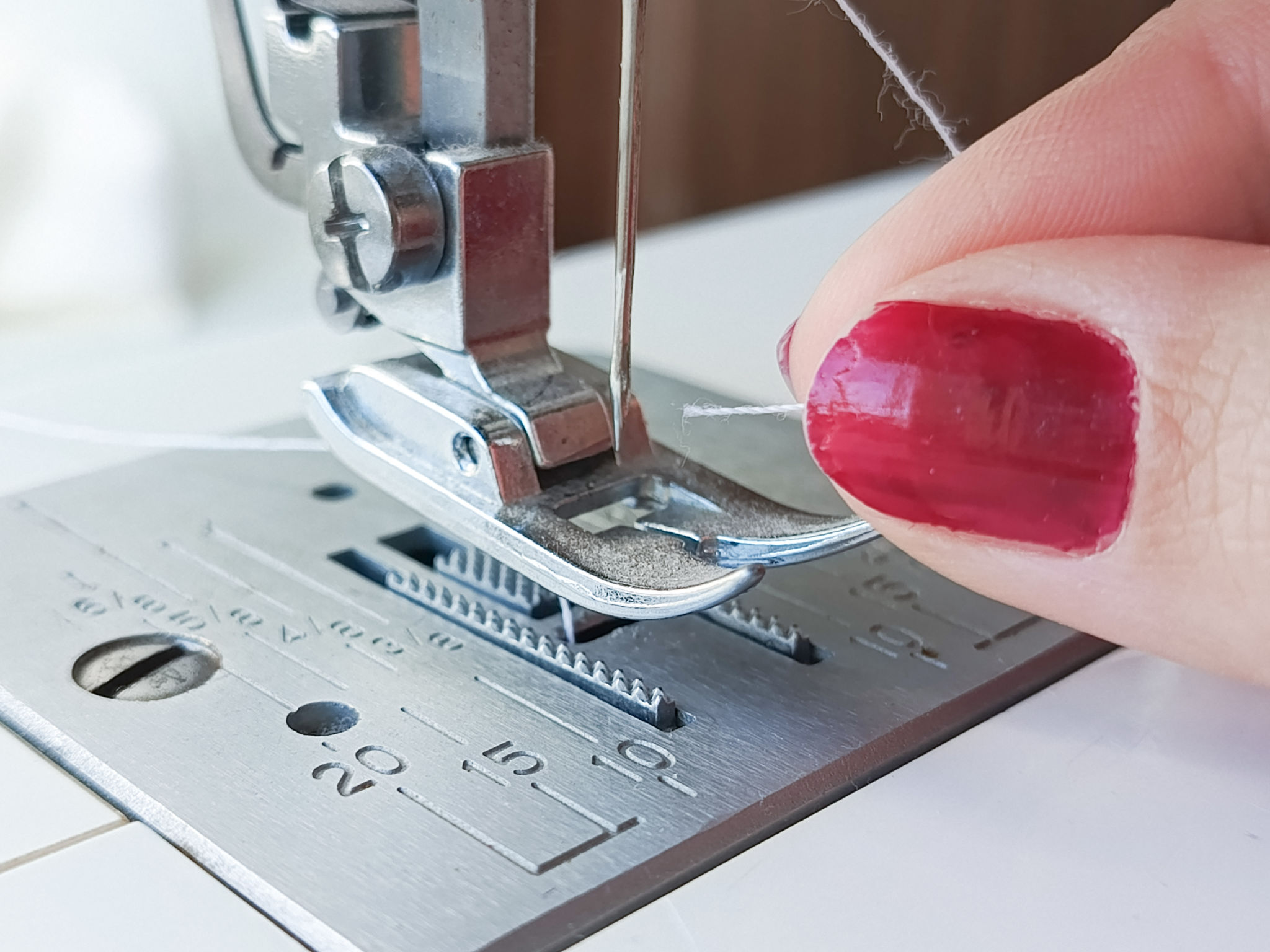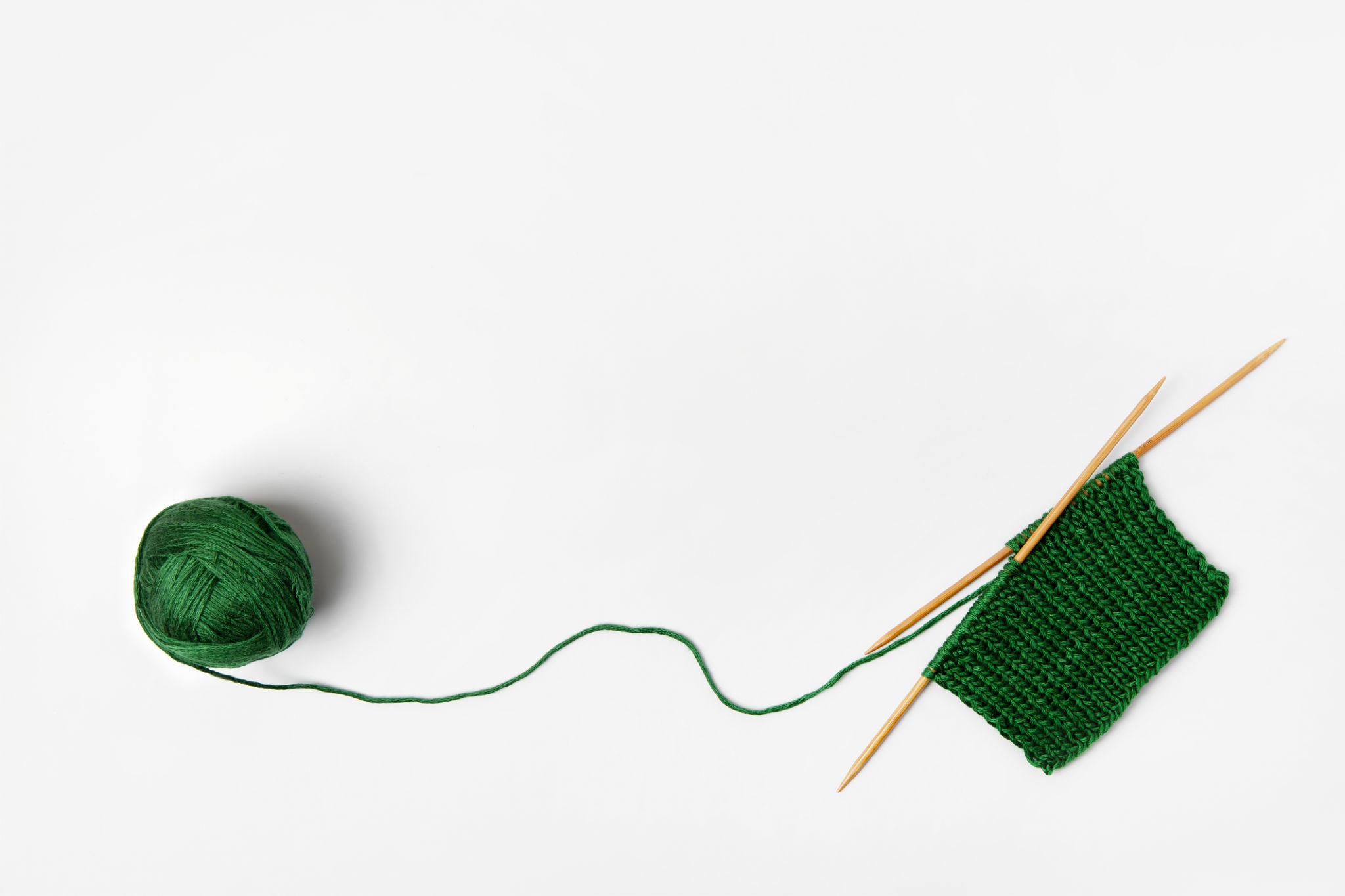Troubleshooting Sewing Machine Jams: Expert Tips to Keep Your Machine Running Smoothly
Understanding Common Causes of Sewing Machine Jams
Sewing machine jams can be frustrating, especially when you're in the middle of a project. Understanding the common causes of these jams is the first step in preventing them. Often, jams are due to improper threading, incorrect tension settings, or using the wrong needle for the fabric. Ensuring that your machine is threaded correctly and that the tension is set according to the fabric you are using can prevent many issues.
Another frequent cause of jams is a lack of maintenance. Over time, lint and dust can accumulate in the machine, causing it to malfunction. Regular cleaning and oiling of your sewing machine can help keep it running smoothly. Always follow the manufacturer's instructions for maintenance to avoid any mishaps.

Step-by-Step Guide to Fixing a Jam
If your sewing machine does jam, there are several steps you can take to fix it. First, turn off your machine and unplug it for safety. Gently remove the fabric without pulling too hard, as this can damage your fabric or machine. Check the needle to ensure it's not bent or broken, and replace it if necessary.
Next, rethread your machine. Begin by removing all threads from both the top and bobbin areas. Carefully rethread the machine, making sure that the thread passes through all necessary guides and tension discs. Also, check that the bobbin is inserted correctly and is wound evenly.

Adjusting Tension Settings
Proper tension settings are crucial for smooth sewing. If you're experiencing frequent jams, your tension may need adjustment. Start by testing your machine on a piece of scrap fabric that's similar to your project material. Adjust the tension dial gradually and sew a few stitches each time to see if there's improvement.
If you're unsure about the correct tension setting, refer to your sewing machine's manual. Most manuals provide guidance on tension settings for different types of fabrics and stitches. Remember that tension settings may need to be adjusted when you switch from one fabric type to another.
Using the Right Needles and Threads
Choosing the correct needle and thread for your project is essential in preventing jams. Different fabrics require different types of needles; for instance, a denim needle is ideal for heavy fabrics, while a ballpoint needle works best with knits. Using the wrong needle can lead to skipped stitches and fabric damage.

Threads also play a critical role in smooth sewing. Ensure that you're using a high-quality thread that matches your fabric type. Cheap or old threads may break easily, causing jams. It's worth investing in quality threads to avoid these issues.
Regular Maintenance for Longevity
To keep your sewing machine running smoothly for years to come, regular maintenance is key. Besides cleaning and oiling, consider having your machine serviced by a professional once a year. A technician can identify any potential problems before they become major issues.
- Clean your machine after each project.
- Cover your machine when not in use to prevent dust accumulation.
- Store needles and threads in a dry place to prevent deterioration.
By following these expert tips and troubleshooting steps, you can minimize sewing machine jams and enjoy a smoother sewing experience. Happy sewing!